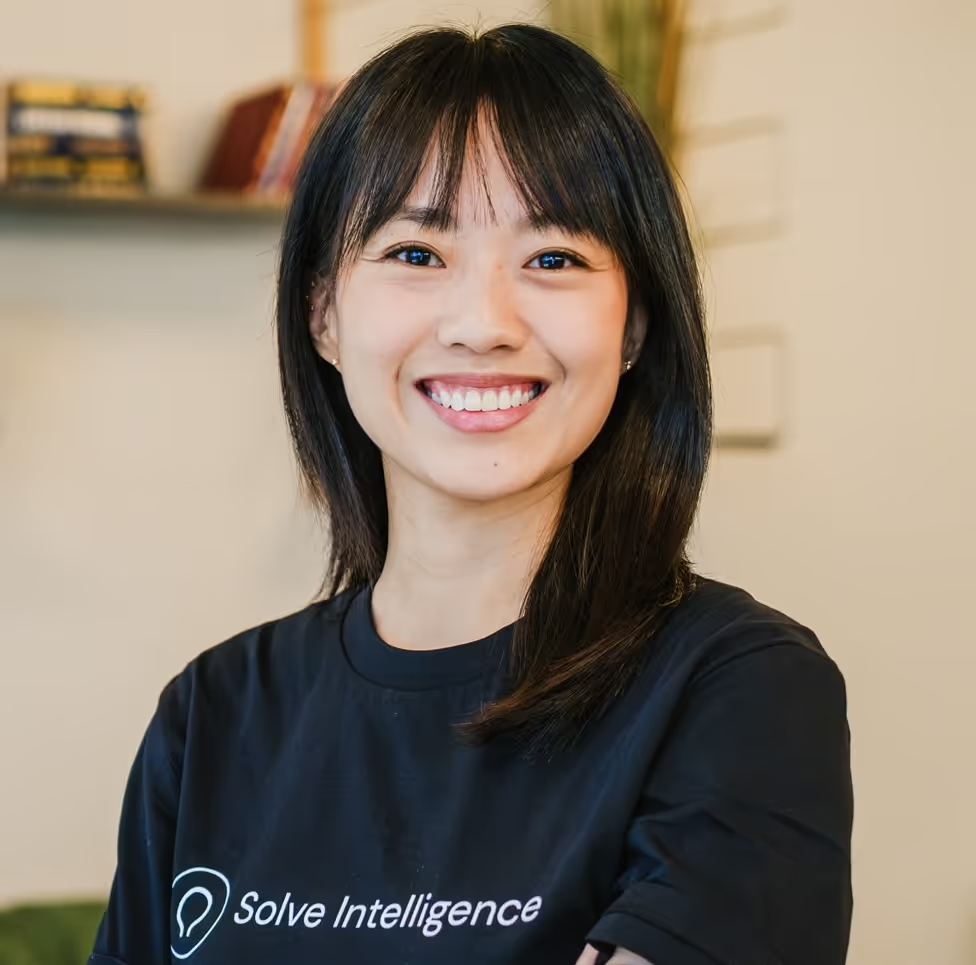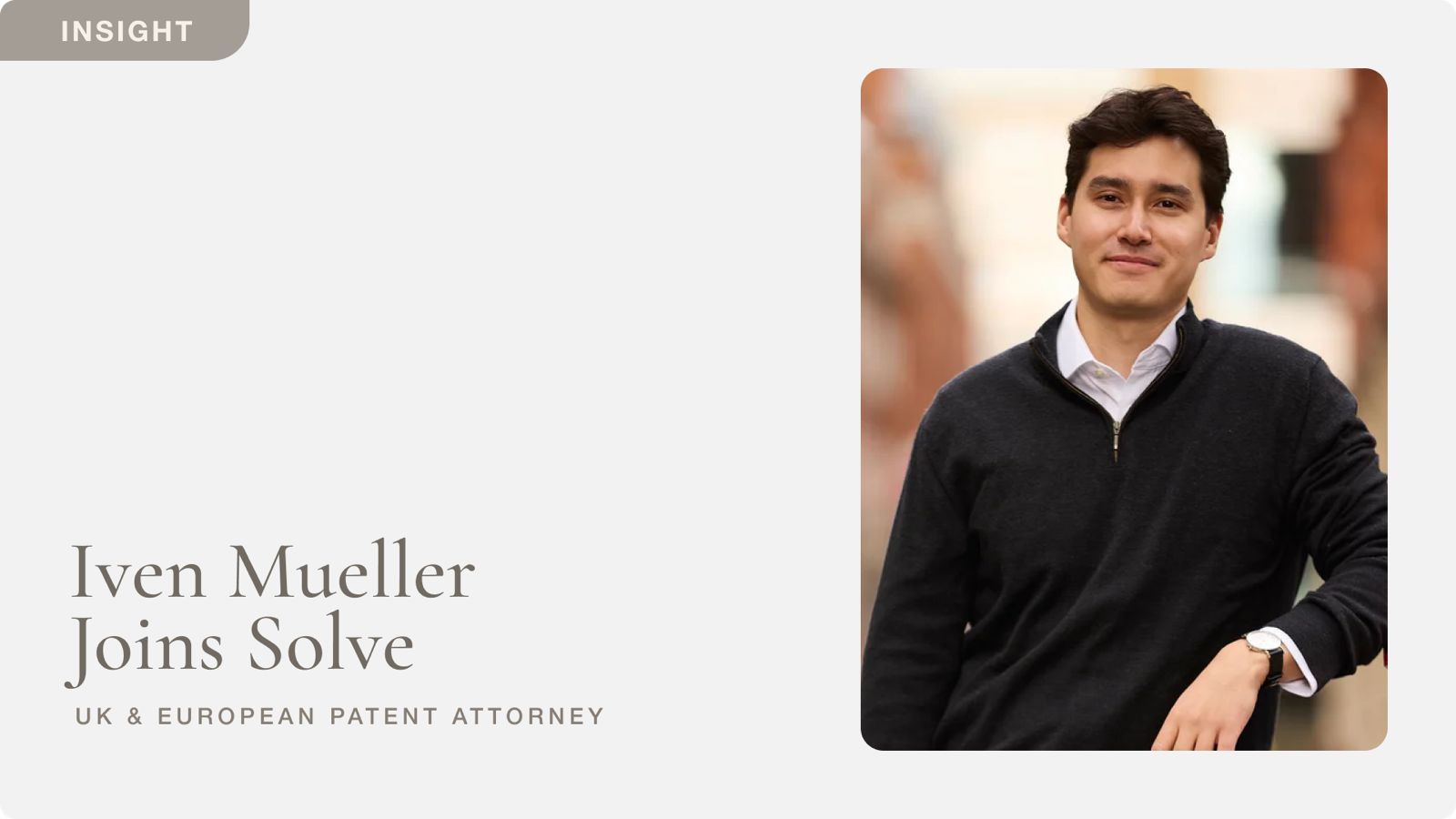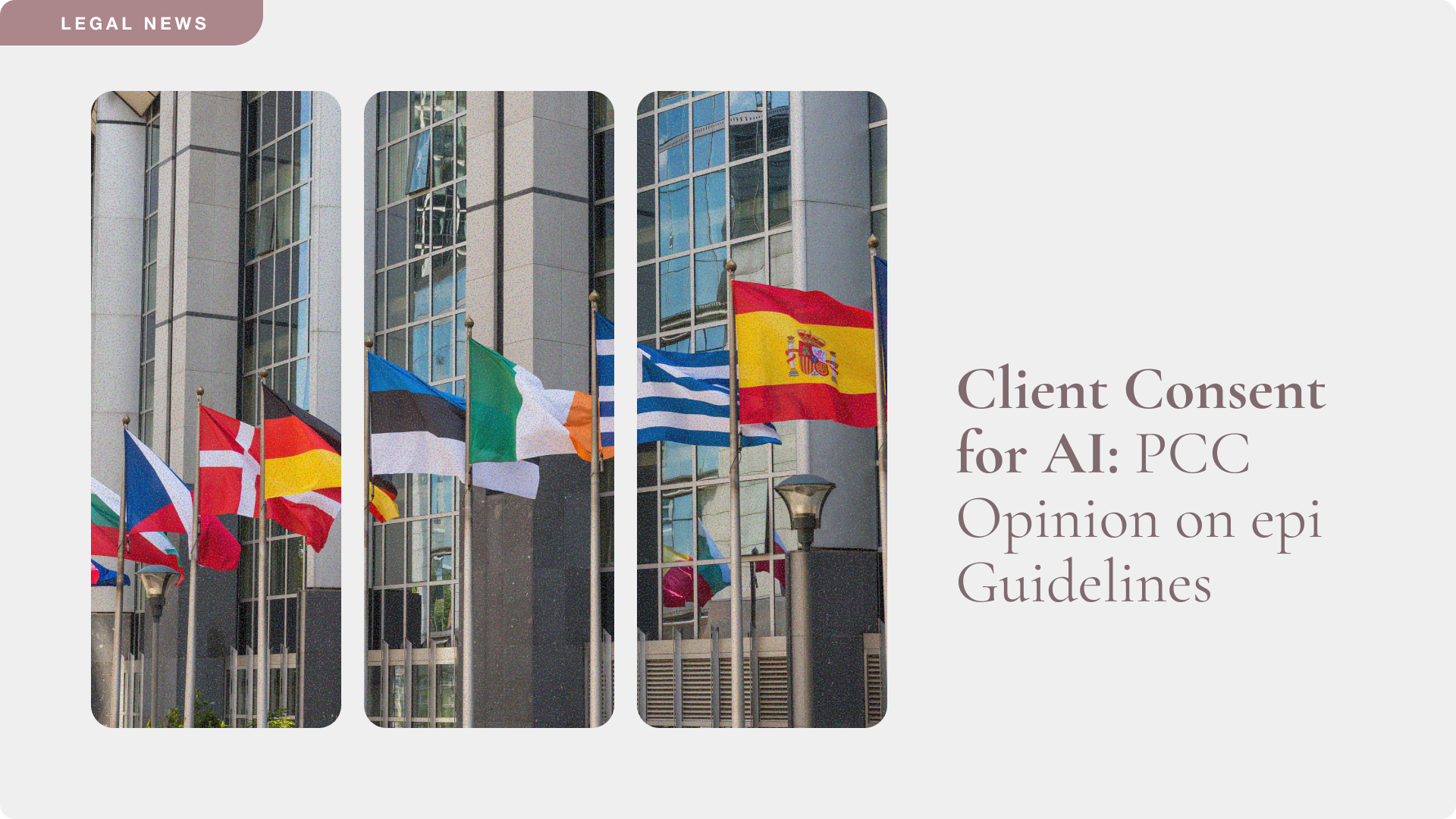5 Best Invention Harvesting Tools for Patent Attorneys

The Challenge of Managing Innovation at Scale
For patent attorneys, the early stages of the patent lifecycle can be particularly complex. Whether you're in-house counsel supporting multiple R&D teams or outside counsel juggling client portfolios, managing invention disclosures efficiently is no small task.
Inventors are deeply knowledgeable about their technologies, but the way information is shared varies widely. Some provide detailed whitepapers or presentations, others might offer informal notes or demos. Disclosures can arrive via email threads, cloud folders, PDFs, or slide decks, creating a fragmented trail of information. Reviewing these materials, following up for missing details, and translating them into structured, legally viable disclosures takes significant time and coordination.
The challenge is amplified when working across multiple teams or fast-paced innovation cycles. Tracking submission status, identifying which disclosures are ready for patenting, and determining priority, all while ensuring quality and consistency, requires robust systems and tools.
Benefits of Using an Invention Harvesting Tool
This is where invention harvesting tools come in. The right software helps attorneys streamline disclosure intake, work collaboratively with inventors, and move more quickly into drafting. And with the rise of AI, a new class of platforms is emerging: ones that not only organize inputs but actually help make sense of them. These tools use natural language processing to extract technical insights, flag missing elements, and even begin shaping the eventual application. They're no longer just digital forms; they're intelligent co-pilots for the entire invention-to-draft process.
Given the growing importance of streamlining the invention disclosure and drafting process, we took a closer look at the current landscape of invention harvesting tools. This comparison focuses especially on platforms that incorporate AI to assist attorneys in working more efficiently and effectively from disclosure through to application.
Here’s what we found.
Evaluation Criteria
We evaluated each tool based on the five criteria patent attorneys care about most:
- Efficiency of Disclosure Collection
Can inventors submit structured, complete inputs without endless email chains? - AI-Powered Clarity & Quality
Does the tool help improve disclosures using AI, clarifying language, extracting key elements, or flagging missing info? - Workflow Tie-in to Drafting
How easily can disclosures become first drafts? Is there a seamless flow into patent application prep? - Collaboration & Version Control
Can attorneys, inventors, and IP managers work together, with full visibility and clear iteration tracking? - Security & Compliance
Is the platform built for confidentiality, with standards like SOC 2, access controls, and audit logging?
Top Invention Harvesting Tools for Patent Attorneys in 2025
1. Solve Intelligence
Solve Intelligence delivers a seamless, end-to-end workflow from invention disclosure to full patent application draft. From the moment an inventor uploads their materials, the AI Patent Copilot engages in a natural, conversational exchange to extract and clarify key elements of the invention. This directly supports both efficiency of disclosure collection and AI-powered clarity and quality, helping attorneys work with more complete, structured inputs from the start.
The platform also offers a direct tie-in to drafting, allowing attorneys to review, modify, and finalize patent claims and descriptions without switching platforms. Built-in collaboration tools—like tracked changes, inline feedback, and real-time version control—make it easy for inventors and attorneys to iterate together, reinforcing its strength in collaboration and version control.
From a security and compliance standpoint, Solve Intelligence is SOC 2 certified and operates on secure, browser-based infrastructure with enterprise-grade access controls. The platform is also flexible across jurisdictions, with workflows that can be tailored to match local or firm-specific drafting styles.
2. Rowan Patents
Rowan Patents offers a workflow that helps teams start organizing invention disclosures from the conceptual stage, which may be helpful for the efficiency of disclosure collection. It includes AI functionality that can assist with outlining inventive concepts and generating basic drawings, contributing modestly to AI-powered clarity & quality. However, its AI features are relatively limited when it comes to refining disclosure language or identifying key legal elements. The platform also does not generate claims or specifications, meaning there is no seamless workflow tie-in to drafting. While some users may find the interface user-friendly, others—particularly non-technical users—might experience a learning curve, which may affect collaboration. Integration options with IP management systems are also relatively limited, affecting broader collaboration and version control capabilities.
3. Triangle IP (TIP Tool)
Triangle IP emphasizes a clear view of the invention pipeline and offers an interface that enables inventors to input ideas with relative ease, making it a helpful tool for efficiency of disclosure collection. It can improve visibility across the disclosure lifecycle and provides standard enterprise-grade security features, contributing positively to security and compliance. However, the platform does not support drafting or generate substantive content, and its AI capabilities are more analytics-oriented than language-enhancing, limiting its role in AI-powered clarity & quality and workflow tie-in to drafting. Attorneys looking for deeper assistance with content development or automated drafting may find its functionality limited.
4. DIAMS Invent
DIAMS Invent is designed for larger enterprises with a need for customized workflows and form-driven intake processes, offering strength in efficiency of disclosure collection. Its audit capabilities and security infrastructure are robust, aligning well with security and compliance needs. However, it lacks modern AI-driven tools that help improve the quality of disclosures or assist with drafting, which diminishes its value in AI-powered clarity & quality and workflow tie-in to drafting. Smaller teams may find the interface less intuitive, and the tool is better suited to managing process than enabling streamlined collaboration, affecting collaboration and version control potential.
5. Memotech (Clarivate)
Memotech is known for its strength in IP lifecycle management and compliance tracking, performing strongly in security and compliance. It is a comprehensive platform designed with operational oversight in mind. That said, its invention harvesting module is just one part of a broader system and may not offer the focus or usability required for teams seeking improved efficiency of disclosure collection. AI capabilities are minimal, which limits AI-powered clarity & quality, and the absence of integrated drafting tools means users must rely on external platforms, leaving a gap in the workflow tie-in to drafting. Teams needing close inventor-attorney collaboration may also find it lacking in collaboration and version control features.
Final Takeaway
Invention harvesting is no longer just a paperwork formality. With the right tool, patent attorneys can turn this intake step into a strategic advantage, cutting time between receipt of invention disclosure to drafting, improving clarity, and ultimately unlocking higher patent quality.
AI for patents.
Be 50%+ more productive. Join thousands of legal professionals around the World using Solve’s Patent Copilot™ for drafting, prosecution, invention harvesting, and more.



.png)
